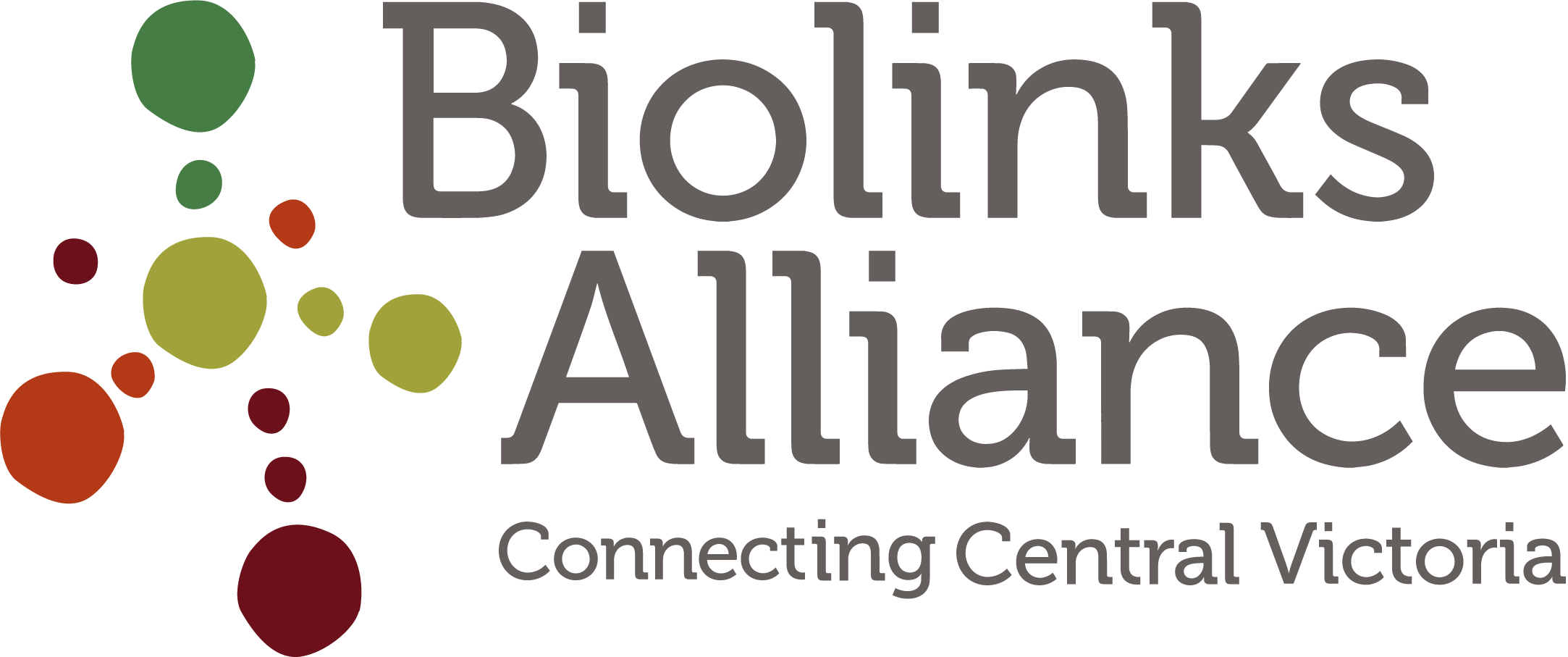ARTICLE BY PHILLIPE PEREZ
Euroa Gazette, July 29, 2020
THOSE who live in or nearby the Strathbogie Ranges and Tableland are being asked to take part in a community citizen science project which aims to restore marsupial habitats.
The partnership project between the Strathbogie Ranges Conservation Management Network (SRCMN) and conservation group Biolinks Alliance is called Glideways, and are looking to “reconnect fragmented environments” with a particular focus on the glider species.
Janet Hagen from SCRMN said lost habitat areas throughout the larger north eastern Victoria region mean that work to restore habitats for populations in the Strathbogie Ranges was vital more vital than ever.
“Over time, our regional landscapes have become increasingly disconnected. That makes it difficult for wildlife to settle in or safely pass through,” Ms Hagen said.
Ms Hagen said the goal of the project - which is open to anyone who has a keen eye for nature - was to identify areas currently used by gliders, but also map areas for future restoration and nesting box monitoring projects, leading to supporting population growth in wildlife.
“The more private and public spaces we observe now, the more sightings we gather, the clearer our data picture will become. And that’s why citizen science is such an important piece of the puzzle,” Ms Hagen said.
“At the other end of the ‘bogies, we have data because my colleague, Bert was doing surveys where logging was happening.
“By doing those community science surveys they found we’ve got the biggest population of Greater Gliders in, well, Victoria now that all the ones in Gippsland have burnt out.”
Ms Hagen believes much work still needed particularly for the western end of the Strathbogie Ranges, and community surveys were a practical way to be involved in generating wildlife population growth.
“We looked at what was recorded for this area on maps like The Atlas of Living Australia but for this western end, there was just no information. Not because gliders are not here. It’s because no one’s ever surveyed them,” Ms Hagen said
“By doing those community science surveys they found we’ve got the biggest population of Greater Gliders in, well, Victoria, now that all the ones in Gippsland have burnt out.”
The citizen science project will work with Biolinks Alliance, by linking to larger-scale conservation taking place in communities outside of the ranges and right along Australia’s eastern ranges, and are calling for historic sightings of gliders as well as phascogales.
Those currently working on the project are also interested in connecting with landholders who have installed nesting boxes on their properties.
Submit glider sightings at biolinksalliance.org.au/ glideways-in-the-melbourneark or to contact Tania Begg tania@biolinksalliance.org. au.
